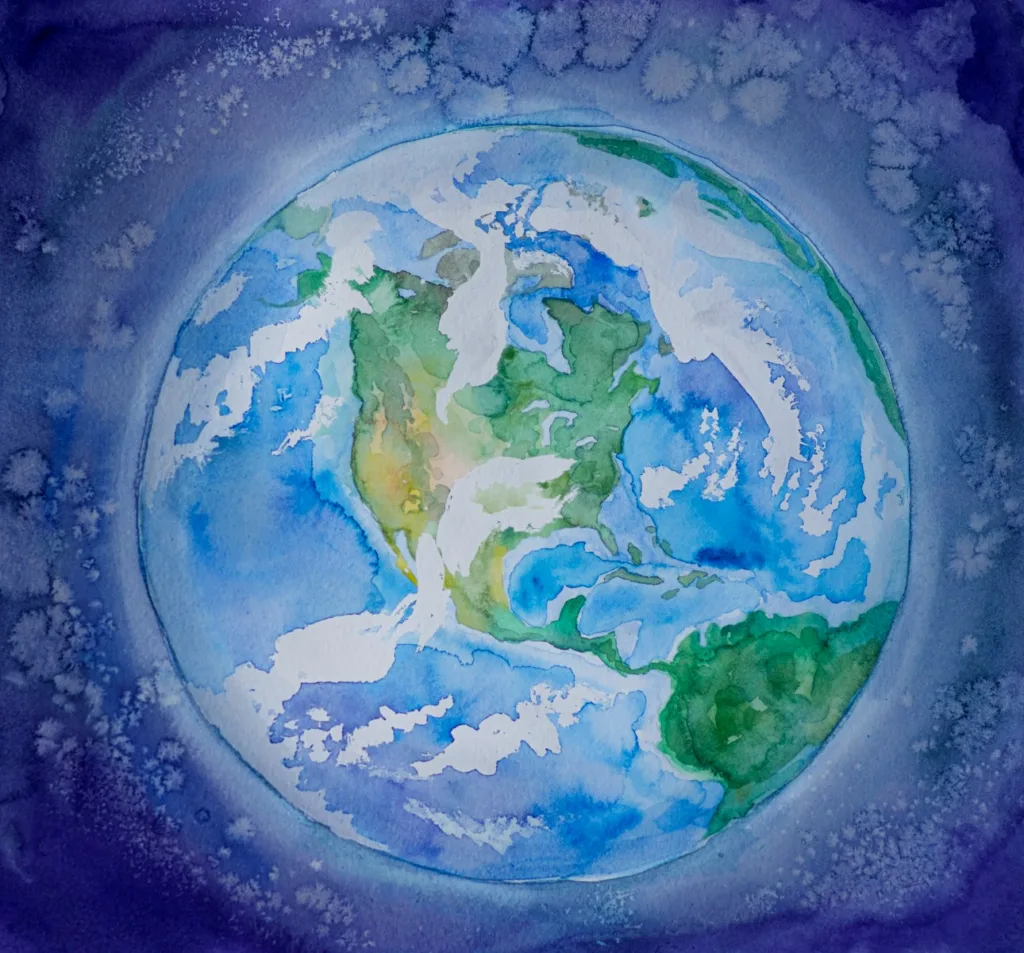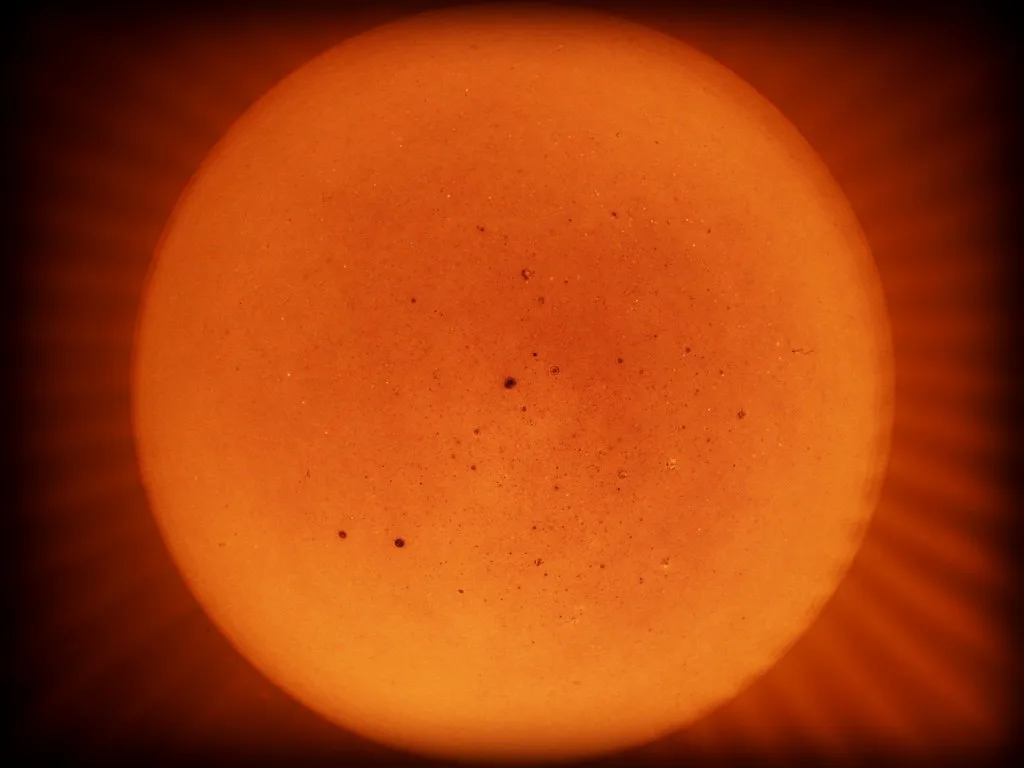Table of Contents
Where did the water on Earth originate?
Even though water covers 71% of the Earth’s surface, there is still a crucial question: where did the water originate from in the first place?
Over the years, scientists have developed a variety of theories, from Earth making its first water to water landing on asteroids.
Scientists at the California Institute of Technology have now made a significant advancement in the mystery’s resolution.
- Earth, according to scientists, developed from stony, dry building components.
- This implies that the water on it arrived later in the development of the planet.
According to the experts, Earth originated from stony, arid building components, meaning that water had to enter the planet’s formation process much later.

According to the scientists, “a major addition of volatiles essential to life, including water, occurred during the last 15% (or less) of Earth’s formation.”
Earth was formed some 4.5 billion years ago, and scientists are still trying to determine the exact processes involved.
Examining the magmas that flow deep into the Earth’s center is one of the simplest ways for scholars to investigate this creation.
Even though we are unable to travel very far inside our planet, magma from deep within eventually rises to the surface as lava.

The researchers explained in a statement that the parental magmas of these lavas can originate from different depths within world, such as the lower mantle, which spans from a depth of 680 kilometers [422 miles] all the way to the core–mantle boundary at about 2,900 kilometers [1,800 miles] below our feet, or the upper mantle, which begins around 15 kilometers [nine miles] below the surface and extends for about 680 kilometers [422 miles].
Scientists can investigate magmas originating from different depths to discover the various “flavours” of Earth’s strata: the chemicals contained within and their ratios with relation to one another. It’s like sampling several layers of a cake—the frosting, the filling, and the sponge.
Earth formed gradually as minerals fused together rather than all at once.
This implies that distinct hints about the processes involved in Earth’s origin can be found in the lower and upper mantles.

In the latest investigation, the researchers discovered that there aren’t many volatiles—chemicals that evaporate quickly, like water—deep within the globe.
On the other hand, volatiles were discovered to be prevalent in the upper mantle.
The study concluded that this indicates world originated from hot, dry, stony components, and water arrived on our planet later.
The discoveries, according to the researchers, should contribute to the understanding of how world and the other rocky planets in our solar system developed.

According to study leader Dr. Francois Tissot, “a water world is probably the best place to look for extraterrestrial life,” which is why space exploration to the outer planets is so crucial.
However, it’s important to remember the inner solar system. There has never been a voyage to the surface of Mercury, and it has been almost 40 years since any mission has touched down on Venus.
“Studies of those worlds are necessary if we are to gain a deeper understanding of the formation of terrestrial planets like Earth.”
read also : Researchers find an underwater hole that is so deep that they haven’t even reached the bottom 2024.
Where DID Earth’s water come from? Scientists make major breakthrough (msn.com)
Scientists at the California Institute of Technology have now made a significant advancement in the mystery’s resolution.
Scientists at the California Institute of Technology have now made a significant advancement in the mystery’s resolution.
Scientists at the California Institute of Technology have now made a significant advancement in the mystery’s resolution.


1 thought on “Where did the water on Earth originate? Scientists achieve a significant advantage”